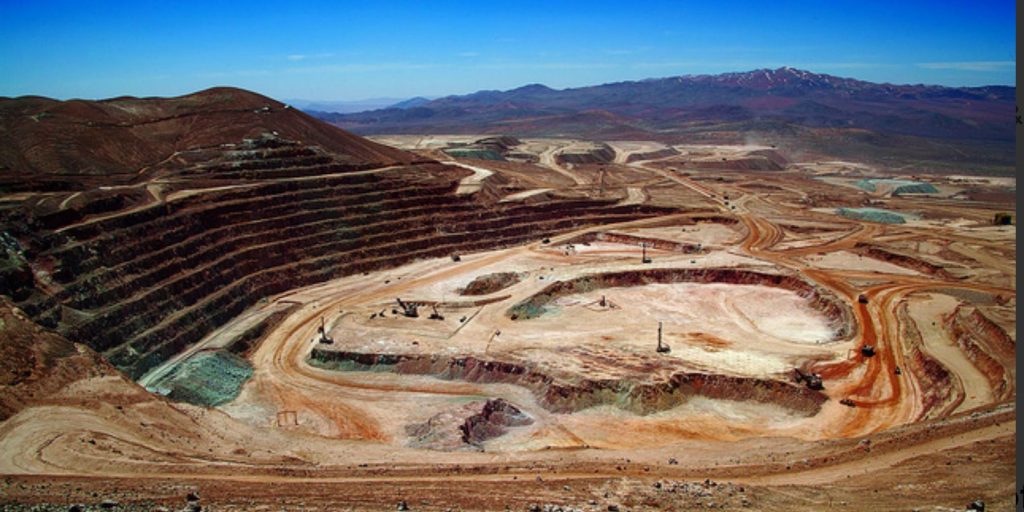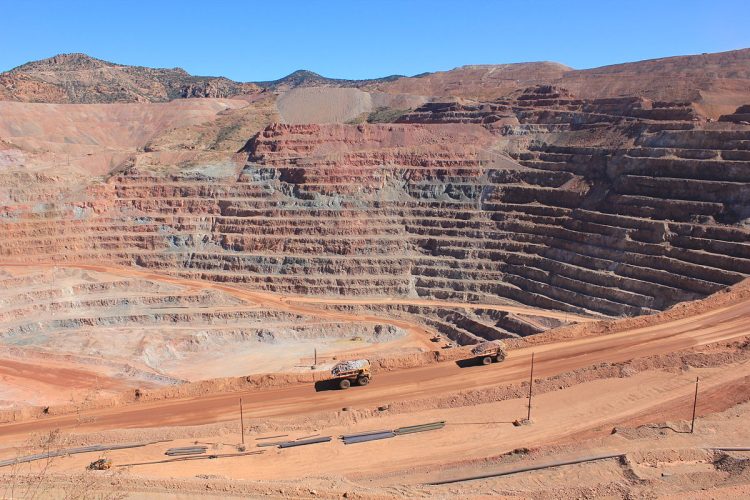Copper has long been considered the quiet workhorse of global industry. But in 2025, it’s making more noise than ever. As prices push toward record highs, driven by structural demand shifts and chronic supply constraints, mining stocks with copper exposure are re-rating at a pace few anticipated. Behind this copper surge is a convergence of forces: surging demand from AI infrastructure, chronic underinvestment in new mines, policy friction in key producer nations like Chile, and the rise of disruptive recycling technologies. The result is a new valuation regime in which copper-linked equities—once seen as cyclical laggards—are now being viewed as strategic, long-duration assets. So what’s actually driving the copper supply crunch, and how sustainable is the rerating in mining stocks?
AI Data Center Demand vs. Chilean Production Cuts
At the core of copper’s demand surge is an unexpected ally: artificial intelligence. While EVs and renewables have long been copper bulls’ main talking points, the rise of AI data centers has quietly become one of the most copper-intensive infrastructure booms of the decade. Advanced AI clusters require high-density power systems, liquid cooling solutions, and robust energy delivery—all of which depend heavily on copper. Goldman Sachs estimates that each hyperscale AI data center can consume 30% more copper per square foot than a traditional cloud facility. Multiply this by the planned expansion of AI campuses in the U.S., Europe, and parts of Asia, and the consumption curve steepens dramatically.
But supply hasn’t kept up. Nowhere is this more evident than in Chile, the world’s top copper producer. In 2024 and early 2025, Chilean production was repeatedly downgraded due to water shortages, stricter environmental regulations, labor disputes, and declining ore grades. CODELCO, the state-owned giant, has slashed its annual production guidance multiple times, citing cost inflation and logistical delays in bringing new projects online. Even Peru, the second-largest producer, has faced political instability that’s delayed key projects like Tía María and Las Bambas expansions. The structural problem is clear: the world needs more copper, but most of the easy copper has already been mined. The cost of bringing new supply online is rising sharply, both financially and politically.
This imbalance is reshaping how mining stocks are priced. Investors are no longer valuing companies purely on short-term earnings multiples but are now factoring in long-term copper scarcity and embedded leverage to structural demand. The result is a premium not just for pure copper miners like Antofagasta and First Quantum, but also for diversified players with latent copper assets, such as Rio Tinto, BHP, and Anglo American.
Recycling Tech Disruptors (Redwood Materials)
While primary mining remains the dominant source of copper, a parallel revolution is taking place in copper recycling. Leading the charge is Redwood Materials, the battery recycling company founded by Tesla co-founder JB Straubel. While Redwood started with lithium and cobalt recovery, it has since scaled its copper refining capabilities, especially from EV battery foil and wiring harnesses. The company’s Sparks, Nevada facility now processes thousands of tons of copper scrap each month and is scaling toward closed-loop systems with several automakers and data center suppliers.
Redwood’s value proposition is clear: extracting copper from used batteries and electronics is both more sustainable and potentially cheaper than mining it. That efficiency edge is attracting interest not just from ESG-focused investors but also from legacy mining firms looking to diversify supply chains. In fact, several traditional miners are now forming joint ventures or minority investments in recycling startups, recognizing that long-term copper security will depend on secondary sources just as much as new mines.
Other startups, like Glencore-backed Li-Cycle and Germany’s Aurubis, are also investing heavily in urban mining, where copper is recovered from scrapped electronics and industrial waste. While not yet capable of displacing primary supply, these players are redefining the copper ecosystem and forcing traditional miners to reassess how they measure reserves, sustainability, and valuation premiums.
Best Copper-Equivalent Yield Plays

As copper prices climb, investors are hunting for stocks that provide not just exposure to price appreciation but also yield and operational leverage. Here are some of the most compelling names based on copper-equivalent exposure, balance sheet strength, and free cash flow:
- Freeport-McMoRan – The closest thing to a copper pure play among large-cap miners, with flagship assets in the U.S. and Indonesia. The Grasberg mine’s ongoing transition to underground production positions Freeport for strong margins even at current copper prices.
- Southern Copper – Backed by Grupo México, it offers one of the highest copper reserves per share, with attractive dividend potential. Its operations in Mexico and Peru offer both opportunity and political risk.
- Lundin Mining – A mid-cap name with exposure to Chile, the U.S., and Europe, Lundin’s valuation has lagged despite steady production and manageable debt.
- Rio Tinto – While primarily known for iron ore, Rio’s Oyu Tolgoi copper project in Mongolia, in partnership with the Mongolian government, could become one of the largest new sources of copper globally over the next decade.
- Anglo American – Facing pressure on its platinum and iron units, Anglo’s copper assets in Chile and Peru are increasingly seen as the crown jewels, especially if management unlocks value via spinoffs or partnerships.
- Sandfire Resources – An Australian mid-cap gaining attention for its DeGrussa and MATSA projects. Offers operational leverage with a smaller cap structure.
These names offer varying degrees of yield, reserve replacement potential, and ESG visibility—all factors that are now being used to rerate copper-linked equities. Analysts are increasingly modeling copper prices at $10,000–$12,000 per ton as a base case for 2026, meaning that valuations based on conservative spot assumptions may underestimate long-term upside.
The Strategic Revaluation of Copper in Portfolio Construction
Beyond mining equities, the copper revaluation is also playing out in portfolio allocation. The metal is being recognized not just as an industrial input but as a strategic commodity. Fund managers are starting to treat copper like oil or lithium: essential to a transition economy and increasingly subject to geopolitical control.
Sovereign wealth funds in the Middle East and Asia have started taking direct stakes in copper projects, not just for returns but for resource security. Meanwhile, pension funds and macro hedge funds are increasing their exposure through copper futures, royalties, and private equity vehicles focused on exploration-stage juniors.
This evolving narrative is even impacting ESG fund design. Where once copper mining was screened out due to environmental degradation, it is now being reconsidered as a key enabler of net-zero transitions. The logic is simple: without copper, there is no electrification. As such, ESG scoring is being reweighted to distinguish between carbon-intensive processes and the long-term carbon-avoidance impact of the commodity itself.
Conclusion
The copper supply crunch is no longer just a story about short-term pricing dynamics—it’s a structural shift with far-reaching implications for how mining companies are valued, how recycling firms are capitalized, and how portfolios are constructed. AI data centers, green infrastructure, and electric mobility are all accelerating demand in ways that existing mines can’t fully meet. At the same time, technological breakthroughs in recycling and the financialization of copper as a strategic asset are reshaping the landscape.
For investors, this means that copper exposure is no longer optional. It is now central to any forward-looking, climate-aware, and tech-adjacent investment strategy. The real question is not whether copper prices will stay high, but which companies are best positioned to extract lasting value from this new era of scarcity and structural demand.














































